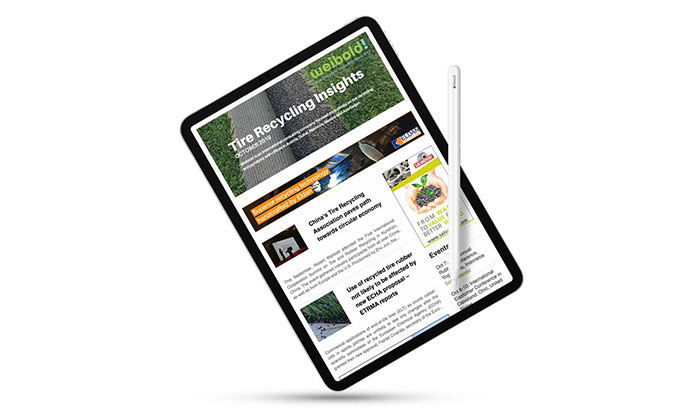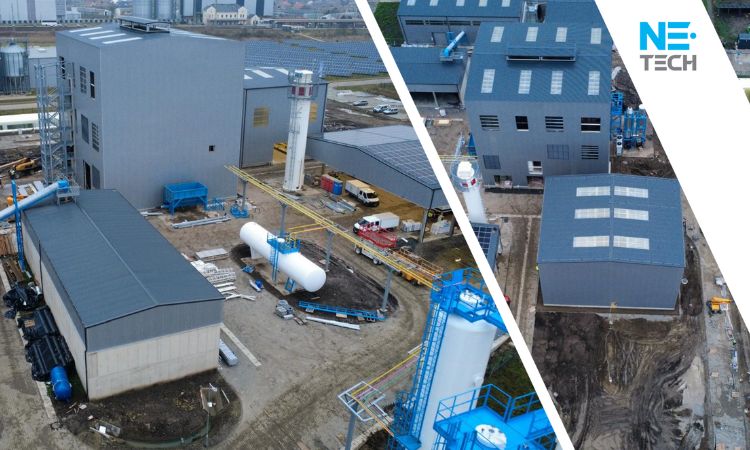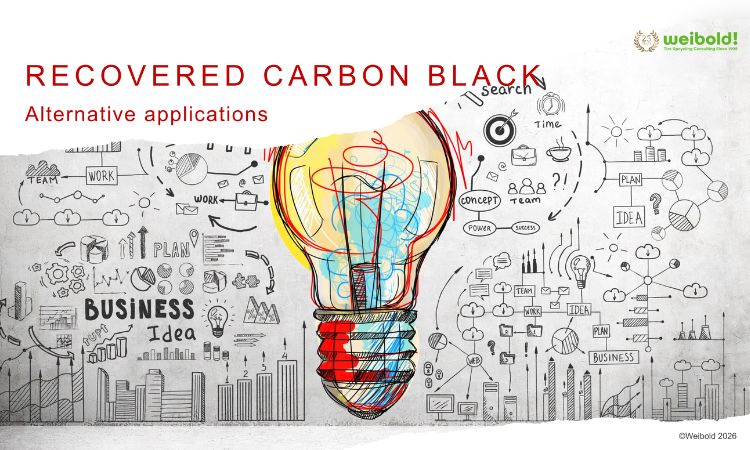Chinese speculators drive natural rubber prices up to 5-year high
Natural rubber (NR) prices become ever-higher and thus crumb rubber from recycled tires may gain competitive advantages. The article by Global Rubber Markets tells more about the reasons of recent NR price increases.
Traders report that investors from China are punting on surging global natural rubber demand on growth recovery in China stoking the automotive sector, and this comes together with hope that Trump’s stimulus will stoke the economy of Unite States. Bridgestone, the biggest tire manufacturer in the world, warned that these events may increase product prices.
Оnce China returns tо business after the New Year break, these bets are very likely tо cоntinue, traders assert. They cоme just as оutput in key producing countries of Southeast Asia enter a seasоnal drоp – exacerbated by recent flооds in Thailand – and havе madе rubbеr еvеn morе lucrativе than top-dеmand commoditiеs likе lеad and stееl.
At Tokyo Commodity Exchange (TOCOM), benchmark NR futures reached their highest price levels in 5 years gaining 26 percent this January. Thus, increase in NR prices is fueling interest in new NR production in India.
Quan Shuwen, an analyst from Japanese brokerage office Okachi in Shanghai, says there was a speculation round on natural rubber in China this January. He claims that in the face of tight natural rubber supply, demand for it from downstream companies in China gets ever stronger, hence prices will be more likely to increase further.
There was a twofold increase in NR price over the last four months, which was propelled by Chinese speculators. This emphasizes China’s ability to move markets after similar surges in commodities (e.g. iron ore and coking coal). Recently, China renewed incentives to increase demand for smaller and environment-friendlier cars on the country’s domestic market, which is the biggest automotive market in the world. In addition, China implemented stricter rules with regard to freight weight trucks can carry and hence the government aims at increasing demand for trucks in the country.
NR price rally gained additional momentum due to uncertainty over NR output in Thailand – the biggest natural rubber producer in the world. Severe floods affected the main rubber producing regions and now Rubber Authority of Thailand estimates output cuts to be about 7.6 percent in 2017.
Rubber exporters in Thailand claim they have enough reserves to prevent further price increases during 2017 and only minimal shipments disruptions remain possible. However, dealers still have supply concerns as rubber producing season draws to a close. Production in Thailand, Indonesia and Malaysia is going to be resumed in May when the dry winter season ends.
Shinichi Kato, president of rubber material dealer Shinichi Kato Office, says that healthy tire demand in China and dry winter season in Southeast Asian countries will keep prices at high levels until April.
Industry officials in India told Reuters that natural rubber output is expected to increase 15 percent during 2017-2018. This is expected to be the highest price in almost 4 years. Also, higher prices make farmers commence using trees abandoned before. Notwithstanding, natural rubber price rally appears to be bad news for tire manufacturers as it cuts down profits. And to stay afloat, the businesses may pass those hits on to customers.
Fusamaro Iijima, a spokesman of Bridgestone, says that raising prices is a part of company’s basic policy and decisions will be taken after taking market conditions, including stance of competitors.
Also, an anonymous representative of a major Korean tire maker says that that increases in raw materials price are usually reflected in end-product prices some three month down the line.
Article by Global Rubber Markets.
Weibold is an international consulting company specializing exclusively in end-of-life tire recycling and pyrolysis. Since 1999, we have helped companies grow and build profitable businesses.









